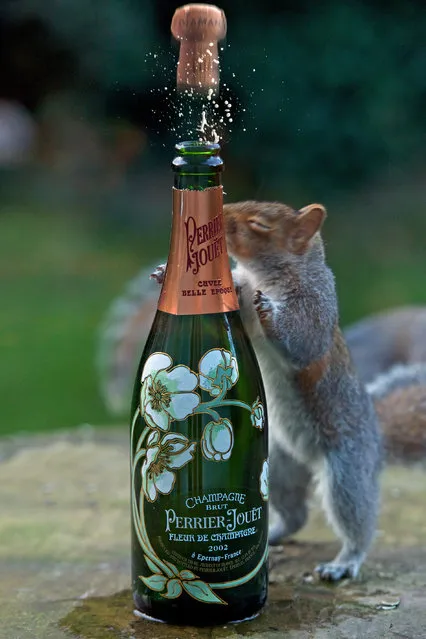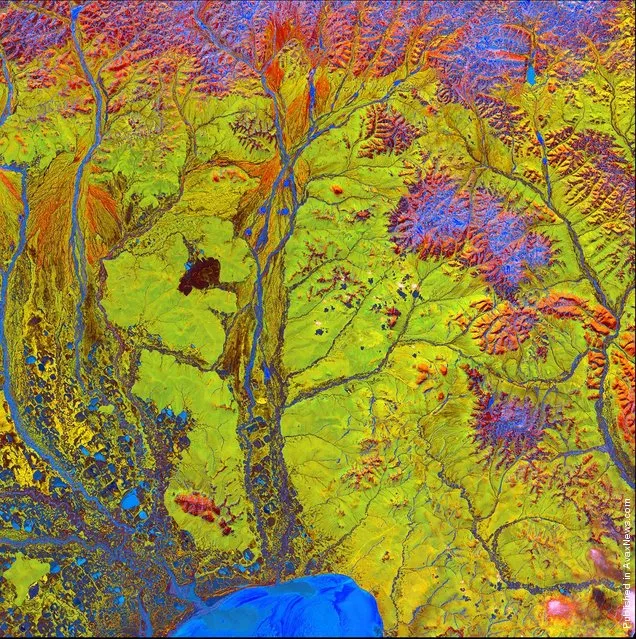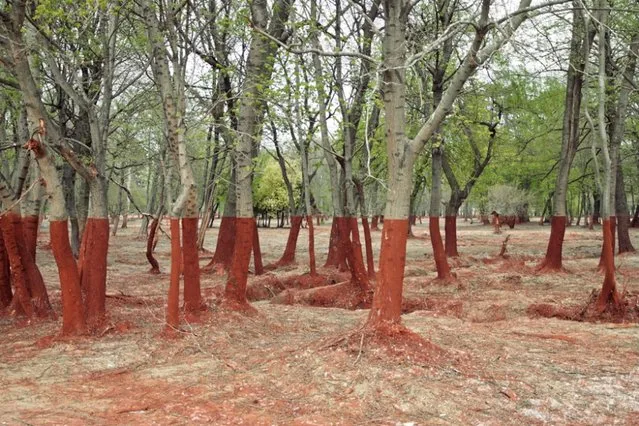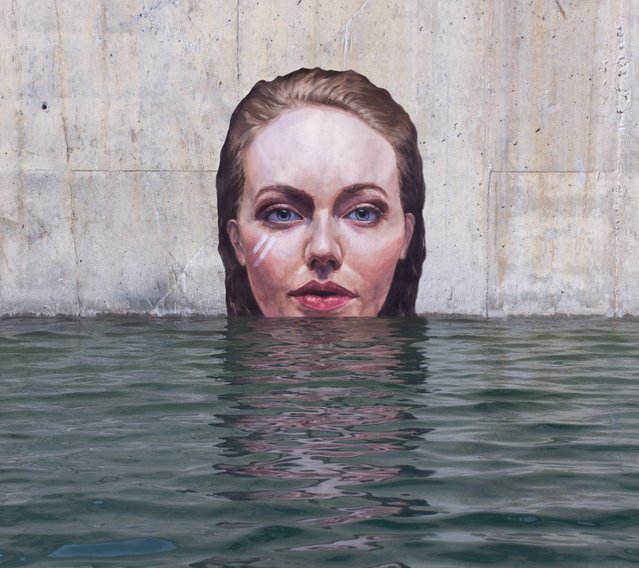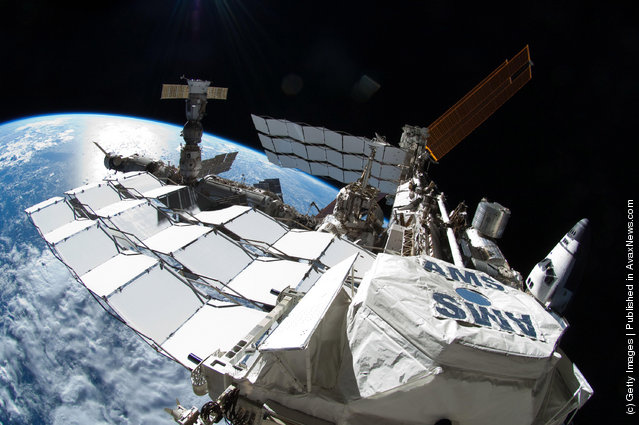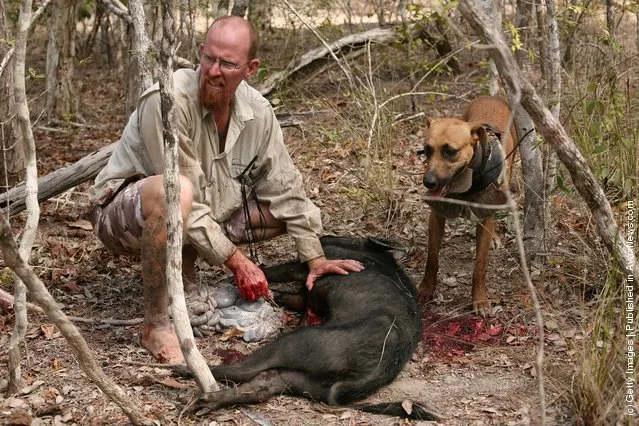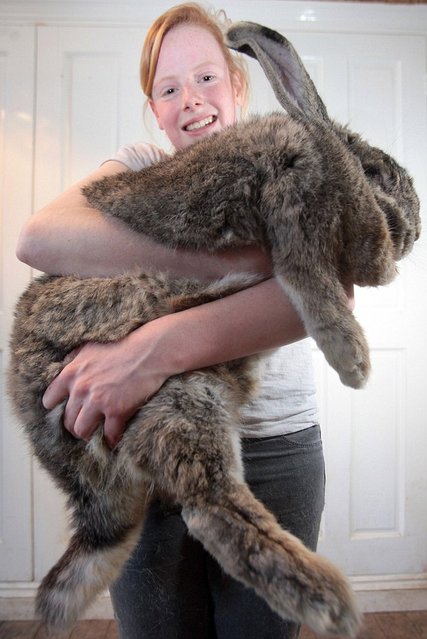
A rabbit named Ralph has reclaimed his crown as the world's fattest Easter bunny after munching his way to almost FOUR stone in weight. Hungry Ralph, aged four, held the title in 2010 before being overtaken by fellow Continental Giant Darius, who ballooned to three-and-a-half stone. Owner Pauline Grant says Ralph, who is over three-foot long and weighs more than an average three-year-old child, now tips the scales at 3-st 8lbs.
08 Apr 2013 09:44:00,post received
0 comments

